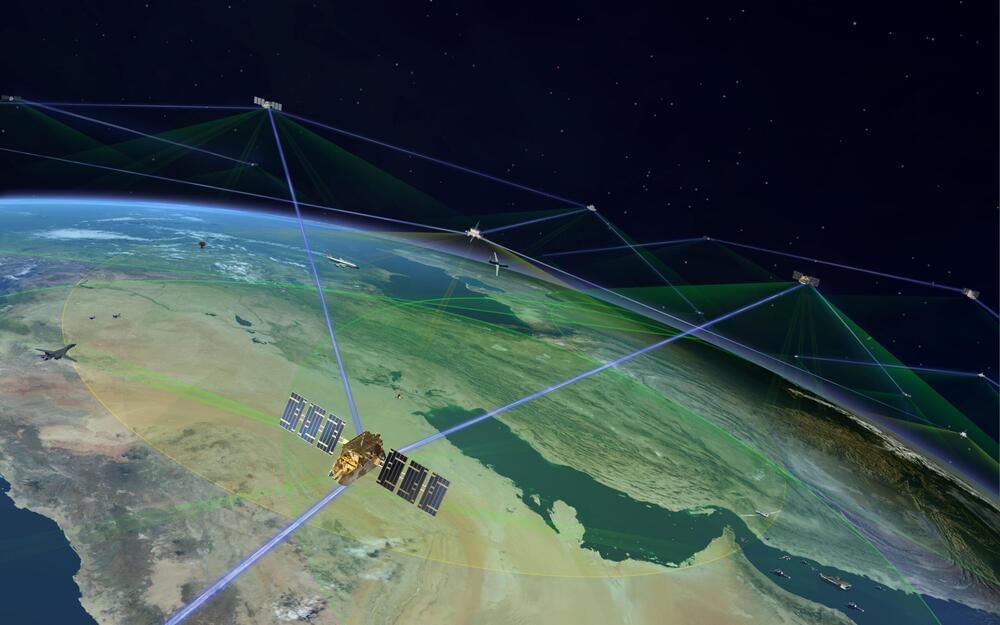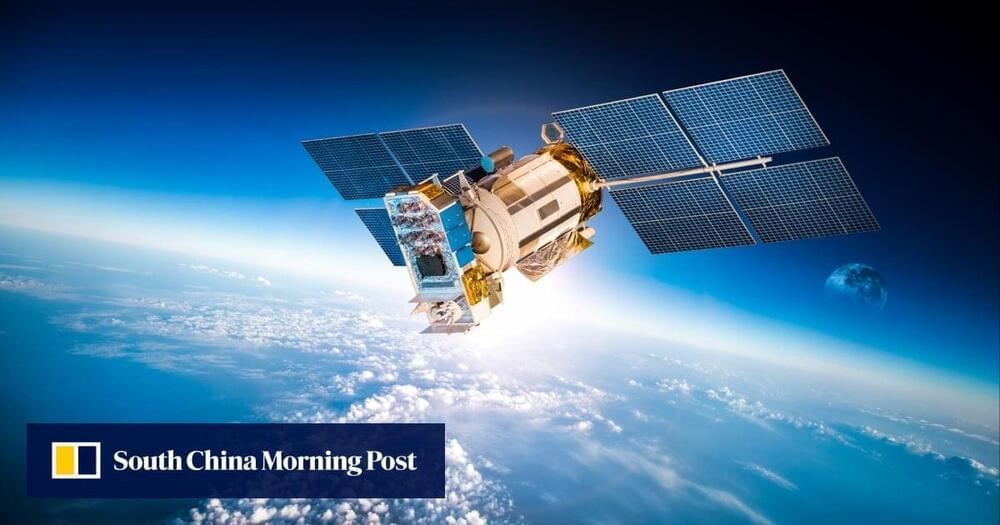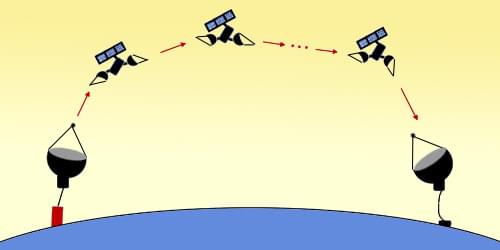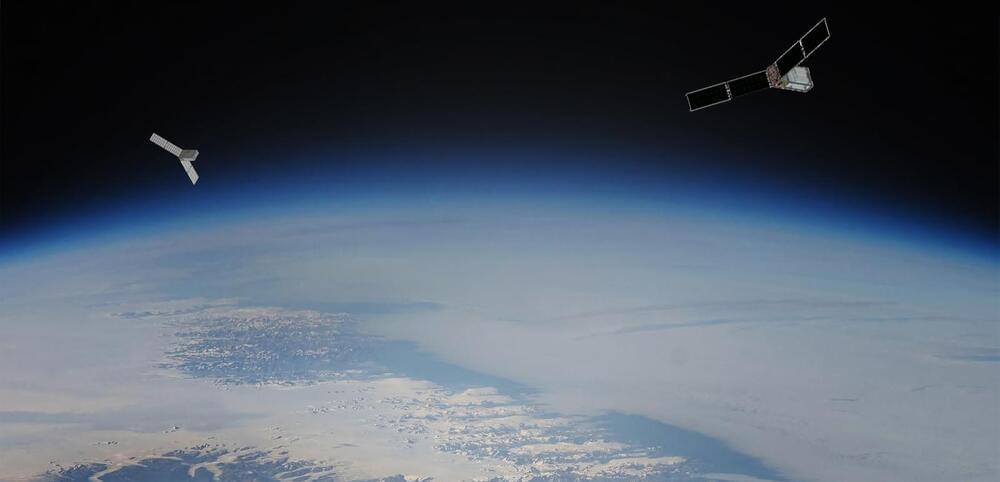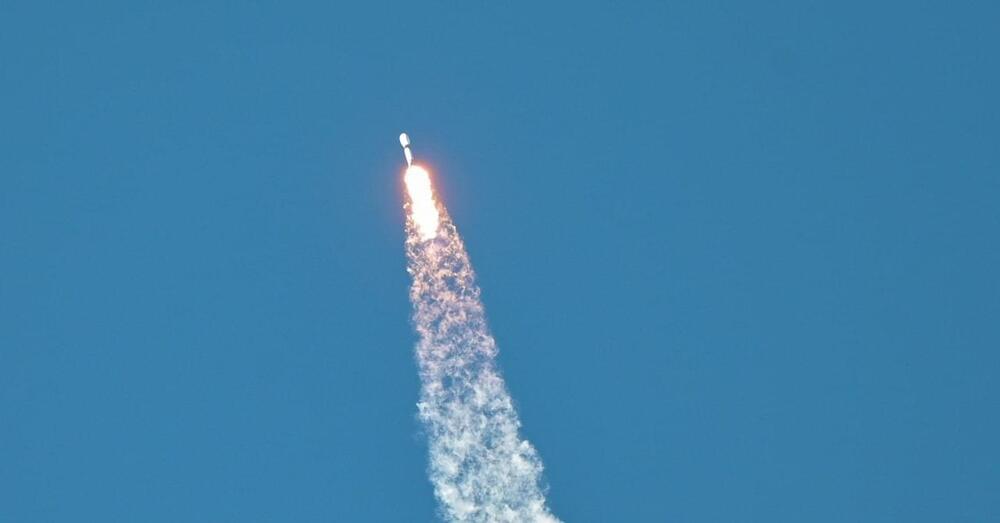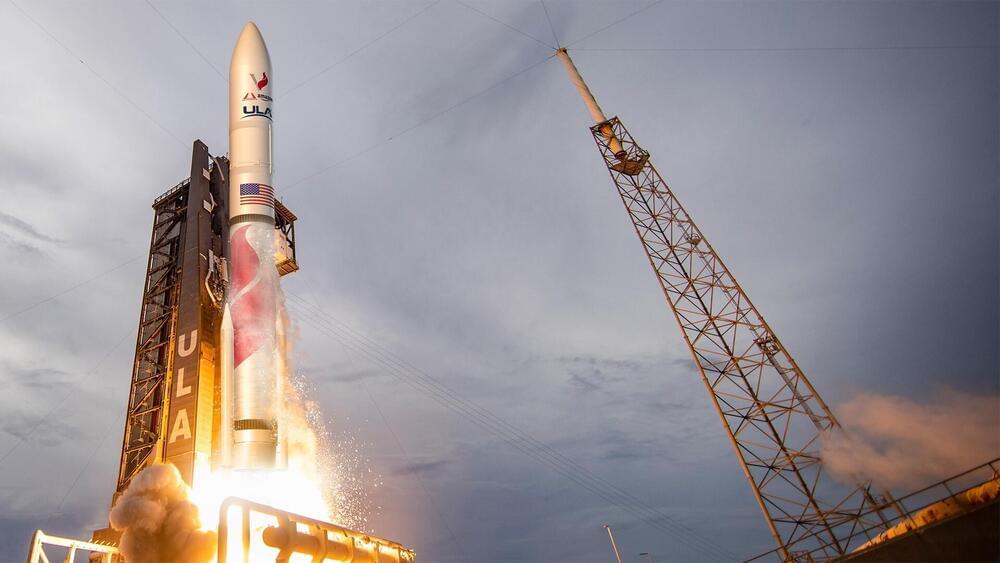Aug 23, 2023
NASA Turned Him Down So He Built His Own Billion Dollar Rocket Company
Posted by Kelvin Dafiaghor in categories: habitats, satellites
This story is part of a new series of features on the subject of success, Benzinga Inspire.
In 2006, a young rocket-crazy kid from New Zealand traveled to the United States to show off his experiments to NASA, hoping to come away with an internship. Instead, he was escorted off the premises, so he went home, drew a logo on a napkin and started the process of building his own space company.
Changing His Trajectory: According to a CNBC report, Rocket Lab USA Inc RKLB founder and CEO Peter Beck started his own rocket company after NASA and other companies like Boeing Co BA wouldn’t give him a chance to pursue his dreams. Today, his space startup launches satellites for NASA and Rocket Lab is worth just shy of $2 billion.

